As the demand for fresh, locally-grown produce continues to rise, many individuals are turning to alternative methods of gardening and farming. One popular option that has gained traction in recent years is greenhouse fruit tree cultivation.
Greenhouses provide a controlled environment that allows for year-round growing, protection from harsh weather conditions, and the ability to grow various fruits that may not thrive in certain climates.
Here, we will explore whether can i grow fruit trees in a greenhouse and how to care for them properly. We’ll also discuss which fruit trees are best suited for greenhouse cultivation and provide tips on growing fruit trees in containers. So let’s get started.
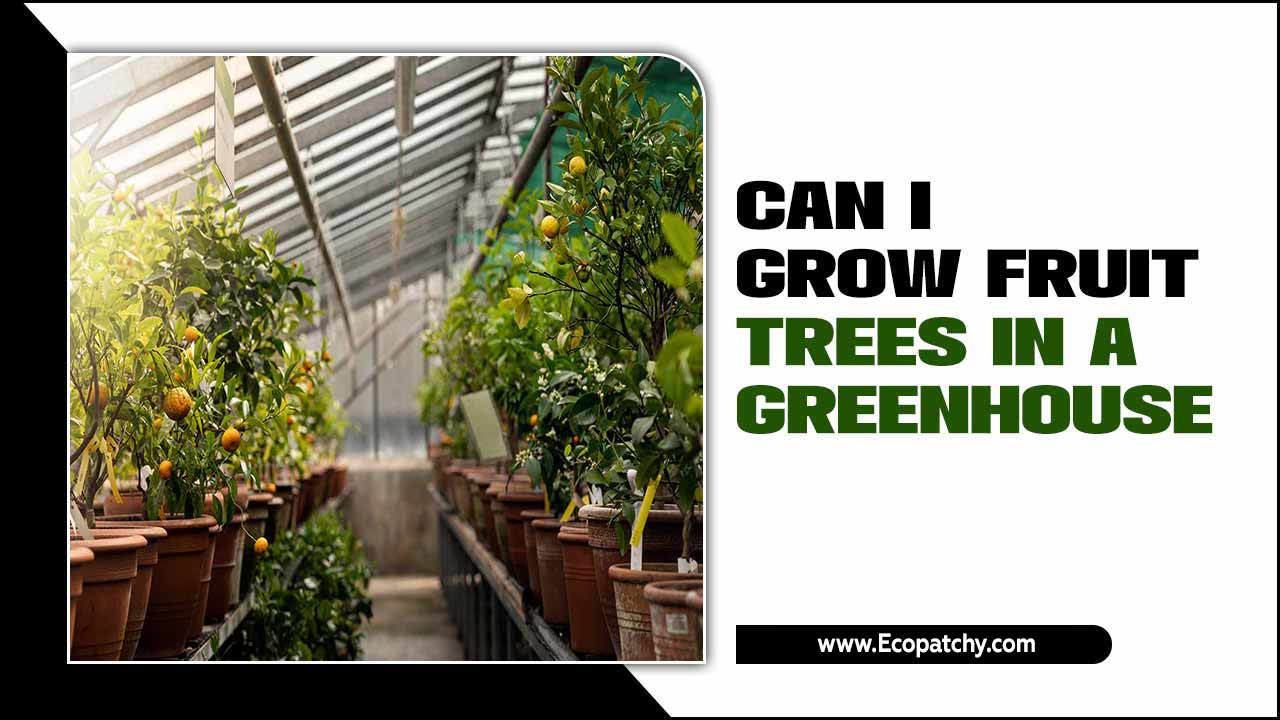
Can I Grow Fruit Trees In A Greenhouse – Growing Delicious Harvests
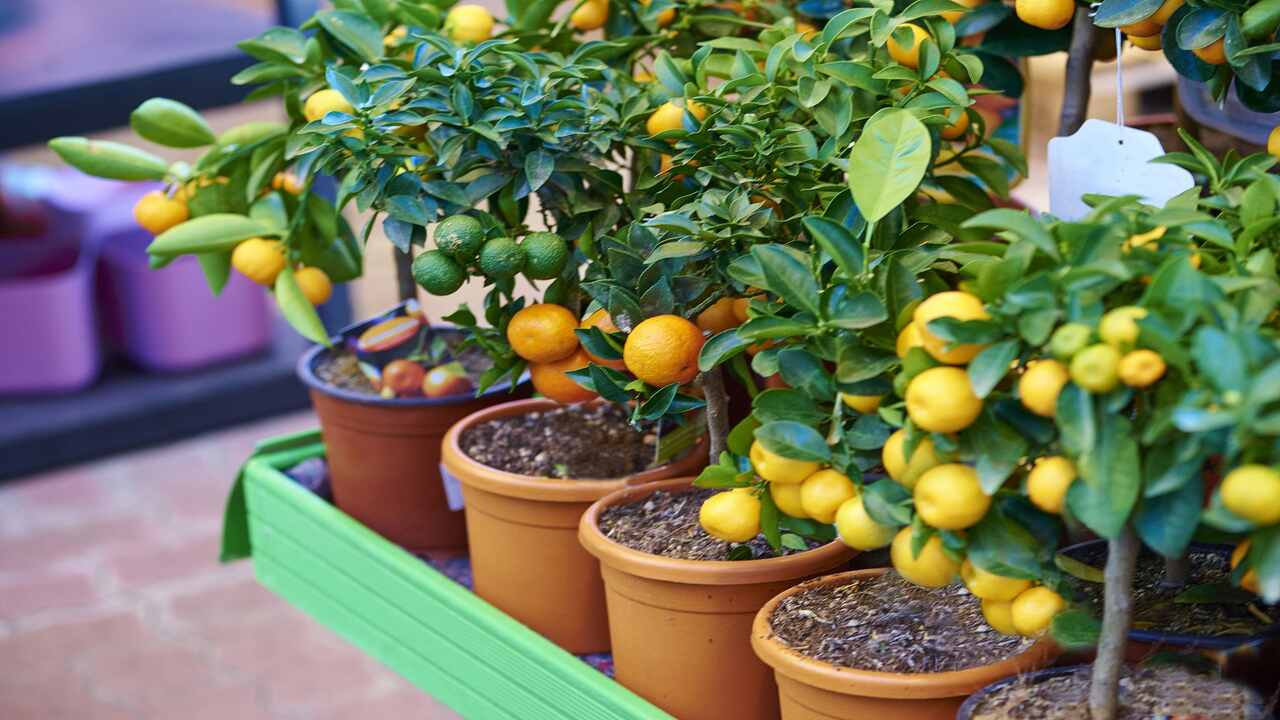
Yes, it is possible to grow fruit trees in a greenhouse. In fact, growing fruit trees in a controlled environment like a greenhouse can offer several advantages. The greenhouse provides protection from harsh weather conditions and pests, allowing the fruit trees to thrive. Additionally, the temperature and humidity inside the greenhouse can be regulated, creating an optimal growing environment for the fruit trees.
However, it is important to choose fruit tree varieties that are suitable for greenhouse cultivation and to provide proper care and maintenance to ensure their successful growth. Below, we discuss more in detail on can i grow fruit trees in a greenhouse and provide how to grow fruit trees in a greenhouse.
How To Grow Fruit Trees In A Greenhouse
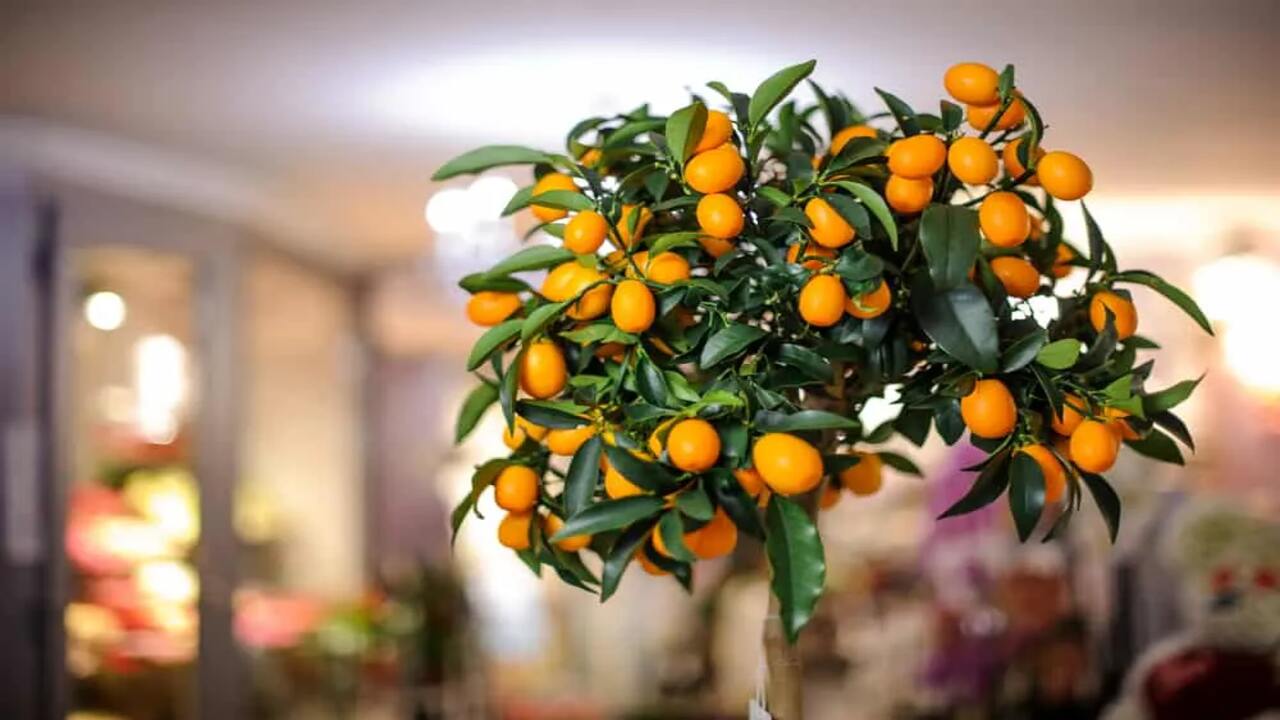
To successfully grow fruit trees in a greenhouse, start by choosing varieties that are well-suited for this controlled environment. Maintaining optimal conditions is crucial, including regulating temperature, humidity, and ventilation.
Proper pollination is essential for fruit sets, especially within the confines of a greenhouse. Regular monitoring of pests, diseases, and nutrient deficiencies is important to ensure the health of your fruit trees. Additionally, pruning your trees will promote strong growth and increase fruit production. Below are a step-by-step guideline
Choosing The Right Fruit Tree Varieties For Greenhouse Cultivation
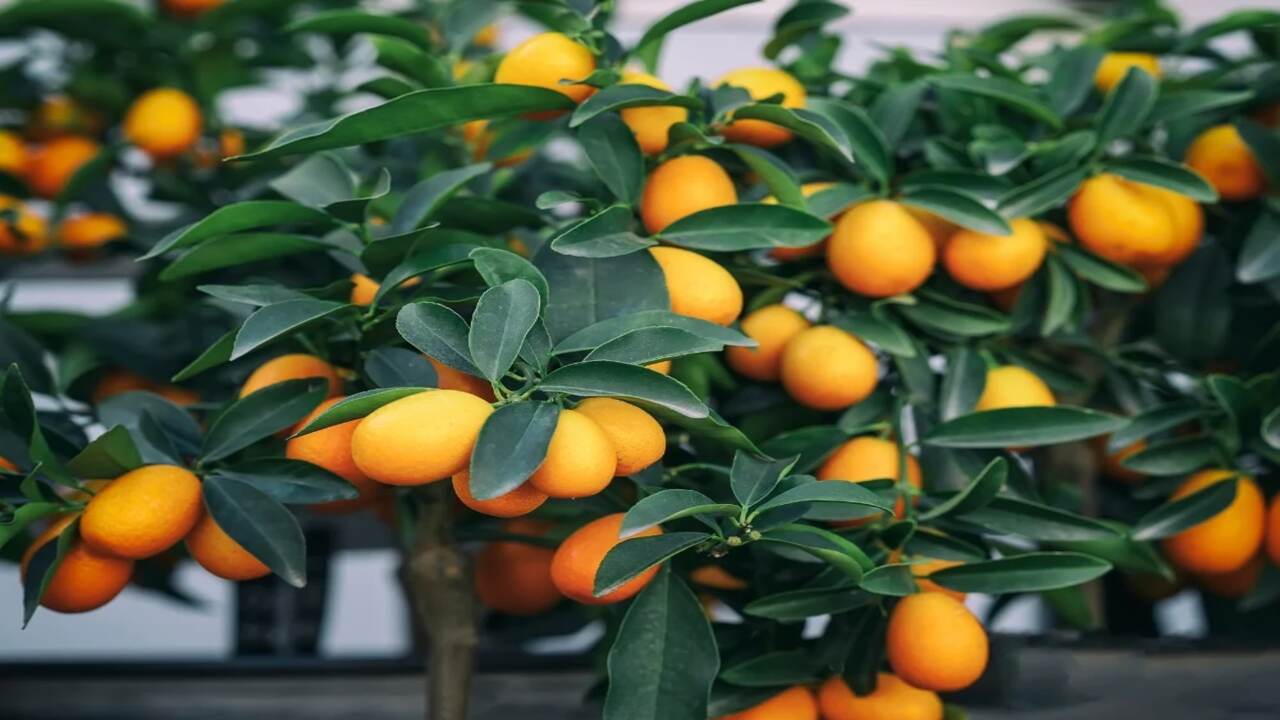
Choosing the right fruit tree varieties is crucial for successful greenhouse cultivation. When selecting fruit trees for your greenhouse, consider factors such as climate, space, and desired fruit yield. Some popular fruit trees that thrive in greenhouse environments include citrus trees like lemons and oranges, fig-trees, and dwarf apple or pear trees.
These varieties are well-suited for controlled greenhouse conditions and can produce delicious fruits year-round. Additionally, be sure to research the specific requirements of each variety, such as temperature, humidity, and light levels, to provide optimal growing conditions and maximize your fruit tree’s potential in the greenhouse.
Proper Greenhouse Conditions For Fruit Tree Growth
Creating the proper greenhouse conditions is essential for successfully growing fruit trees. Fruit trees require specific environmental factors to thrive, and a greenhouse can provide the ideal conditions to meet these needs. Here are some key considerations for creating the right environment for fruit tree growth in a greenhouse:
- Temperature: Most fruit trees prefer temperatures between 60-75°F (15-24°C) during the day and slightly cooler temperatures at night. Maintaining a consistent temperature within this range is crucial for healthy tree growth and fruit development.
- Humidity: Fruit trees generally prefer moderate humidity levels, ranging from 50-70%. This can be achieved by using misters, humidifiers, or by watering the floor of the greenhouse to increase humidity levels.
- Light: Fruit trees require ample sunlight to produce fruit. Positioning your greenhouse in an area that receives full sun exposure throughout the day is ideal. Additionally, using supplemental grow lights can ensure that your trees receive adequate light even during cloudy or winter months.
- Ventilation: Good airflow is essential for preventing disease and promoting healthy growth in fruit trees. Adequate ventilation can be achieved through vents, fans, or open doors/windows when weather permits.
- Soil And Watering: Choosing well-draining soil with good organic matter content is crucial for optimal root health and water retention. Regularly monitoring soil moisture and providing consistent watering is important to prevent under or overwatering.
By carefully managing these factors, you can create optimal growing conditions for your fruit trees in a greenhouse setting, maximizing their growth potential and ultimately enjoying a bountiful harvest of delicious fruits.
Selecting The Right Soil And Containers For Fruit Trees In A Greenhouse
Choosing the appropriate soil and containers is crucial for growing fruit trees in a greenhouse. Opt for fertile soil that provides essential nutrients for tree growth. Use large pots to allow ample space for root expansion. It’s important to ensure good drainage in greenhouse pots to prevent waterlogging, which can harm the trees.
Consider dwarf varieties of fruit trees if you have limited space in your greenhouse. These compact trees are a great choice for smaller greenhouse environments. Additionally, select fruit tree varieties that thrive in high temperatures and full sun, as well as those that require minimal watering, as this is ideal for the controlled environment of a greenhouse.
Watering And Fertilizing Practices For Optimal Growth
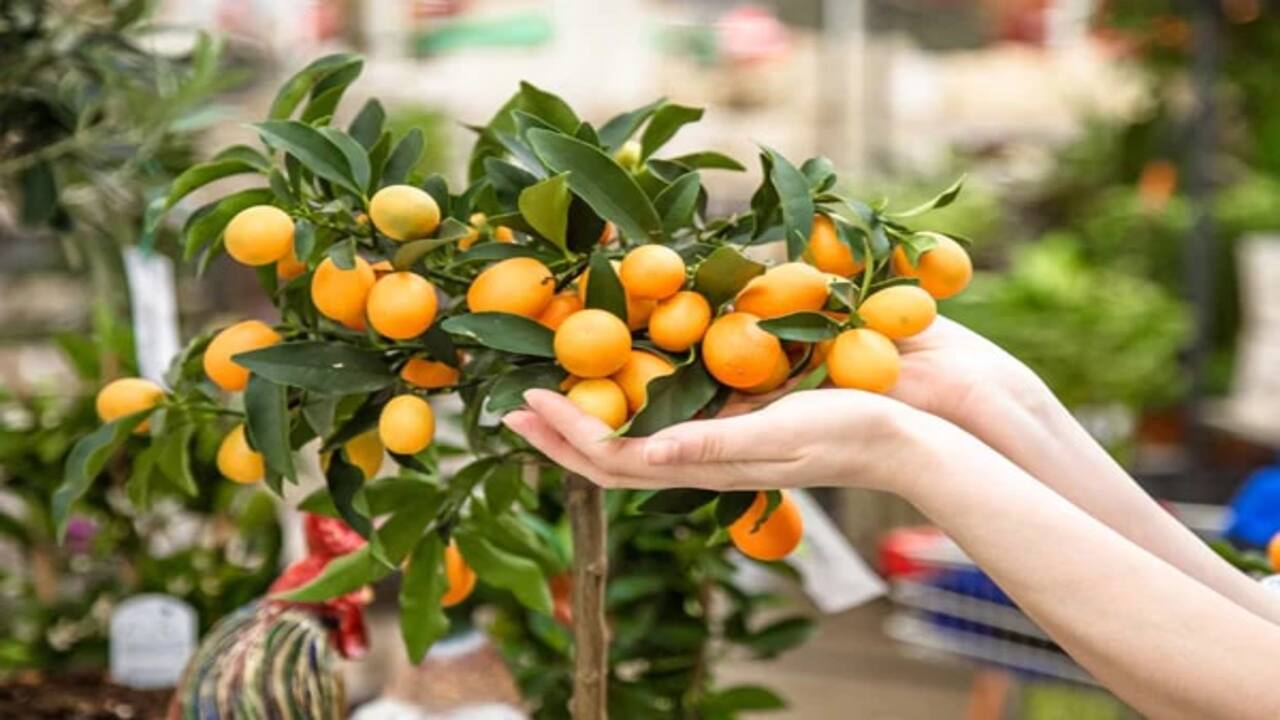
To ensure optimal growth for your greenhouse fruit trees, it is essential to monitor soil moisture regularly. By using irrigation systems or thoroughly watering fruit trees in large pots, you can ensure that water reaches the root zone. Additionally, applying suitable fertilization techniques and utilizing compost or organic fertilizers can provide the necessary nutrients for healthy growth.
Remember to adjust the frequency of fertilization based on the type of fruit tree, growing season, and greenhouse conditions. With these watering and fertilizing practices, you can promote the optimal growth of your greenhouse fruit trees and enjoy the beautiful flowers and delicious fruits they produce.
Pruning And Training Techniques For Fruit Trees In A Greenhouse
Pruning fruit trees in a greenhouse is best done during the winter months to promote better ventilation and enhance fruit production. Training the branches of fruit trees is also crucial to ensure good light penetration and proper air circulation within the greenhouse.
It’s important to remove any dead or diseased branches to prevent the spread of pests and diseases among the greenhouse fruit trees. Shaping the fruit trees in a greenhouse optimizes space and maximizes fruit production. Additionally, using trellises or supports can be a great choice, especially for vine or climber varieties.
By implementing these pruning and training techniques, gardeners can enjoy beautiful flowers and a bountiful harvest of their favorite fruits, like pears, in their unheated greenhouse or large greenhouse.
Pest And Disease Management In A Greenhouse Environment
Managing pests and diseases is crucial when growing fruit trees in a greenhouse environment. The controlled conditions of a greenhouse can create a favorable environment for pests and diseases to thrive. To prevent infestations, it is important to regularly inspect your fruit trees for any signs of pests or diseases, such as wilting leaves, discoloration, or visible insects.
Implementing preventative measures like installing insect screens on windows and using sticky traps can help reduce the risk of pest infestations. Additionally, practicing good sanitation by regularly cleaning the greenhouse and removing any fallen leaves or fruit can help prevent the spread of diseases.
If an infestation or disease does occur, it is important to promptly address it by using appropriate organic pesticides or consulting with a professional to ensure the health and productivity of your fruit trees.
Pollination Methods For Greenhouse-Grown Fruit Trees
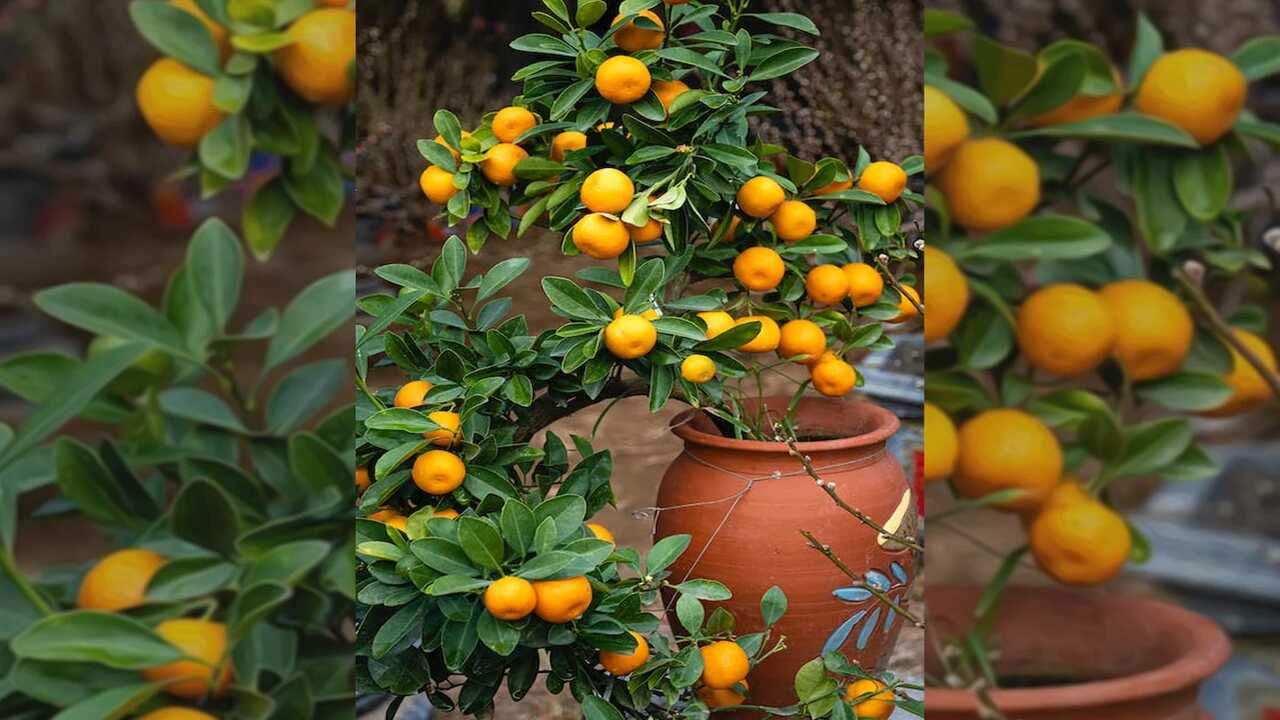
To ensure pollination of greenhouse-grown fruit trees, there are several methods you can employ. One option is introducing pollinators such as bees or other insects into the greenhouse. Another method is hand pollination, which transfers pollen between flowers using a small brush or cotton swab.
Additionally, gently shaking the branches of your fruit trees can aid in the distribution of pollen and increase pollination success. Timing your pollination efforts correctly to align with the flowering stages of your fruit trees is also crucial for the optimal fruit set in the greenhouse. Lastly, consider growing self-pollinating varieties of fruit trees to reduce the reliance on external pollination methods.
Harvesting And Storage Tips For Greenhouse-Grown Fruits
Harvesting and storing greenhouse-grown fruits require careful attention to ensure maximum flavor and quality. When harvesting, it’s crucial to pick the fruits at their peak of ripeness. Be gentle while handling the greenhouse fruits to avoid any bruising or damage. After harvesting, store the fruits in cool,
dry, and well-ventilated conditions to prolong their shelf life. It’s important to use appropriate storage containers or packaging to protect the fruits from physical or environmental harm. Regularly inspect the stored fruits and remove any spoiled or overripe ones to prevent decay or contamination. By following these tips, gardeners can enjoy the delicious rewards of their greenhouse-grown fruits for an extended period.
Which Fruit Trees Are Suitable For Growing In A Greenhouse?
When it comes to growing fruit trees in a greenhouse, it’s important to choose varieties that are suitable for the controlled environment. Here are some fruit trees that thrive in greenhouse conditions. Remember to provide the necessary care and maintenance for your fruit trees, including proper watering, fertilization, and pest control. With the right selection of fruit tree varieties and attention to their needs, you can enjoy a bountiful harvest of fresh fruits right from your own greenhouse.
- Citrus Trees: Lemon, lime, and orange trees are popular choices for greenhouse cultivation. They require warm temperatures and plenty of sunlight.
- Fig trees: Figs can be successfully grown in a greenhouse, as they prefer a warm and sheltered environment. They also have a compact growth habit, making them well-suited for container gardening.
- Peach And Nectarine Trees: These stone fruit trees can be grown in a greenhouse with proper care. They require regular watering and good air circulation to prevent fungal diseases.
- Grapevines: Growing grapevines in a greenhouse allows for extended growing seasons and protection from harsh weather conditions. Choose varieties that are suitable for indoor cultivation.
- Dwarf Apple Or Pear Trees: These compact fruit trees are ideal for smaller greenhouses or limited space. They can be trained to grow against walls or trellises, maximizing vertical space.
Tips For Growing Fruit Trees In Containers

Growing fruit trees in containers can be a rewarding experience, allowing you to enjoy fresh fruit even with limited space. Here are some tips for successfully growing fruit trees in containers. By following these tips, you can successfully grow fruit trees in containers and enjoy a bountiful harvest right from your own greenhouse.
- Choose The Right Container: Select a container that is large enough to accommodate the root system of the fruit tree. Make sure it has drainage holes to prevent waterlogged soil.
- Use Well-Draining Soil: Use a high-quality potting mix that is specifically formulated for container gardening. This will provide the necessary nutrients and ensure proper drainage.
- Provide Adequate Sunlight: Fruit trees need at least 6-8 hours of direct sunlight per day. Place your container in a sunny spot or consider using grow lights if natural light is limited.
- Water Regularly: Container-grown fruit trees may require more frequent watering than those planted in the ground. Check the moisture level of the soil regularly and water when it feels dry about an inch below the surface.
- Fertilize Appropriately: Apply a balanced fertilizer according to the instructions on the label. Avoid over-fertilizing, as this can lead to excessive vegetative growth at the expense of fruit production.
- Prune And Train: Regularly prune your fruit tree to maintain its shape and remove any dead or damaged branches. Consider training it against a trellis or stake to save space and encourage upward growth.
- Be Mindful Of Pests And Diseases: Monitor your fruit tree for common pests and diseases, such as aphids or fungal infections. Use organic pest control methods whenever possible.
Conclusion
growing fruit trees in a greenhouse can be a rewarding experience. It allows you to create a controlled environment that provides optimal conditions for fruit tree growth and protects them from harsh weather conditions. However, it is important to understand the climate of your greenhouse and choose the right fruit tree varieties that are suitable for greenhouse cultivation.
Proper temperature, humidity, and ventilation, along with selecting the right soil and containers, watering and fertilizing practices, pruning and training techniques, and pest and disease management, are all crucial factors to consider. With proper care and attention, you can enjoy a bountiful harvest of fruits from your greenhouse-grown trees. We hope you clearly know can i grow fruit trees in a greenhouse or not.
Frequently Asked Questions
1.What Fruits Grow Well In A Greenhouse?
Ans: Some popular fruits that thrive in a greenhouse environment are citrus, figs, grapes, peaches, and strawberries. Greenhouses offer the perfect controlled conditions for these fruit trees to flourish, with adjustable temperature and humidity levels.
2.Do Fruit Trees Grow Year Round In Greenhouse?
Ans: Fruit trees can grow year-round in a greenhouse with proper care. While some may have a dormant period in winter, maintaining adequate lighting, temperature control, and irrigation is key for continuous growth. Seek advice from experts or research before starting your fruit tree cultivation in a greenhouse.
3.How Many Fruit Trees Can Fit In Greenhouse?
Ans: The number of fruit trees that can fit in a greenhouse depends on the size of the greenhouse. Dwarf fruit trees are a good option as they take up less space. It is important to space out the trees to allow for proper growth and air circulation.
4.Can You Grow Apple Trees In Greenhouse?
Ans: Yes, apple trees can thrive in a greenhouse environment. Opting for dwarf apple tree varieties is recommended for greenhouse cultivation. Growing apple trees in a controlled space allows better regulation of temperature and humidity, leading to healthier growth.
5.Why Grow Fruit In A Greenhouse?
Ans: Growing fruit in a greenhouse offers year-round production and protection from pests and weather. With controlled temperature, humidity, and lighting, it provides an ideal growing environment for higher yields and better-quality fruit.
